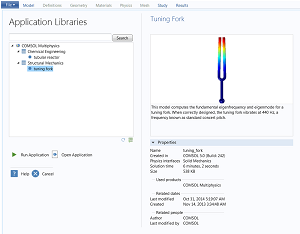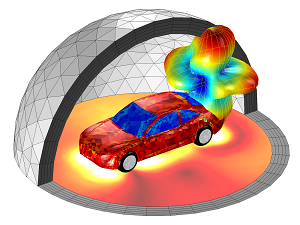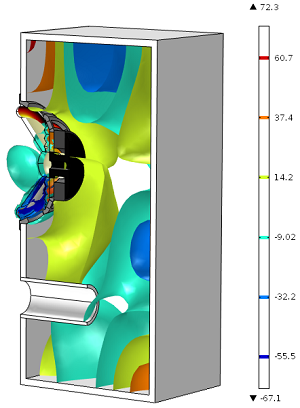Search Results

Membrane Interface Improvements in Version 5.0
As of version 5.0 of COMSOL Multiphysics®, the Membrane interface includes a restructured menu, new feature nodes, improvements to the Linear Elastic Material model, and more.

Where to Find Application Builder Tutorial Apps
Did you know that COMSOL Multiphysics® includes an Application Library full of tutorial models and demo apps? Learn how to access this helpful feature for modeling guidance and inspiration.

Automatic Meshing for Electromagnetic Simulations
Ever struggle to mesh the infinite elements or perfectly matched layers in your electromagnetics simulations? Automatic meshing can help >>

Investigating LED Efficiency via Multiphysics Simulation
Ever wonder how efficient LED lighting is, compared to traditional florescent lighting? In this blog post, we demonstrate how to analyze LED efficiency with multiphysics modeling.

Making Waves with Contour and Isosurface Plots
In this installment of our blog series on postprocessing your simulation results, learn how to use contour and isosurface plots to show quantities on a series of lines or surfaces.

Using Virtual Operations to Simplify Your Geometry
CAD geometry: A set of data structures that provide a very precise method for describing the shapes of parts (called boundary representation, or B-rep).

New Accumulators Boost Particle and Ray Tracing Functionality
Accumulators, a series of features available in the Particle Tracing Module, can be used to couple the results of a particle tracing simulation to other physics interfaces.

Which Fatigue Model Should I Choose?
Have you ever asked yourself, “Which fatigue model should I use in my simulations?” If so, read this blog post for a comprehensive overview of the available Fatigue Module models.
